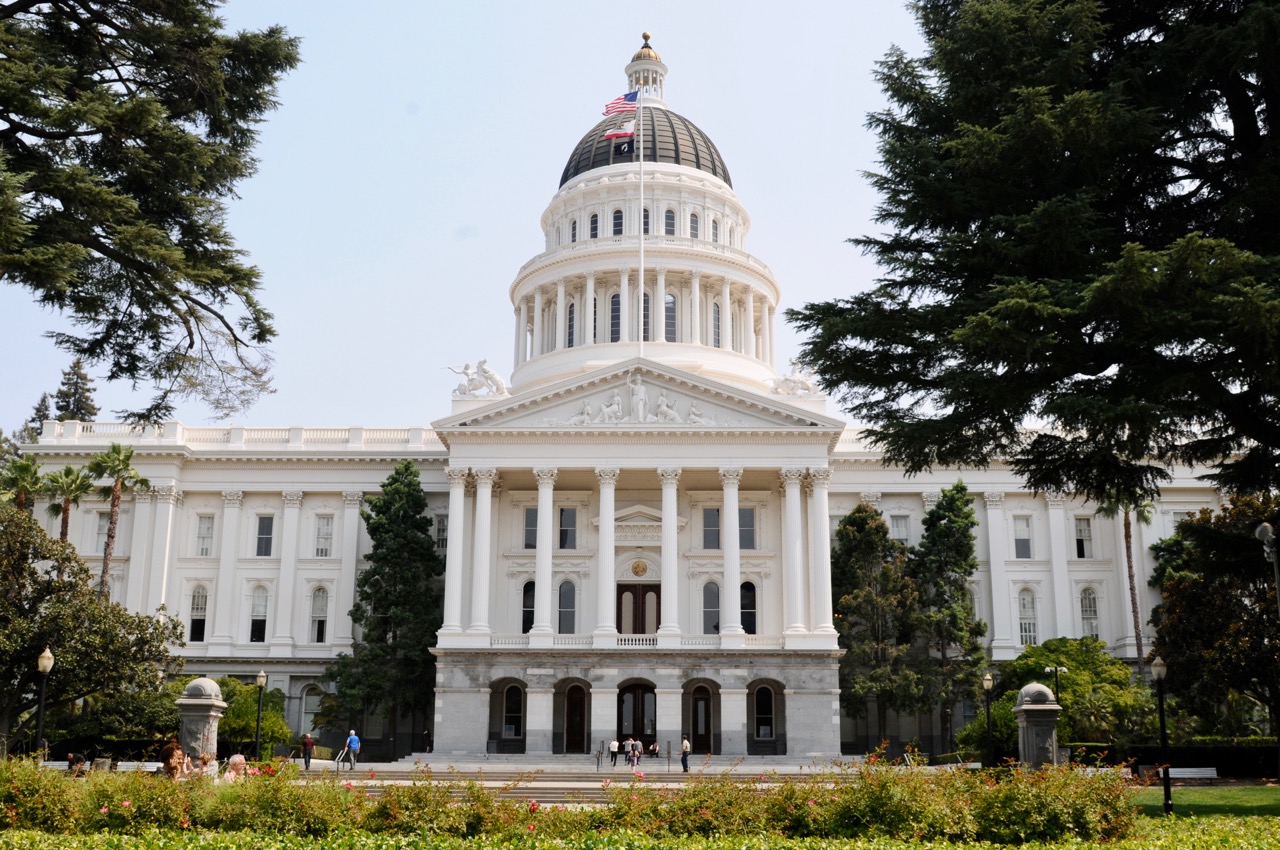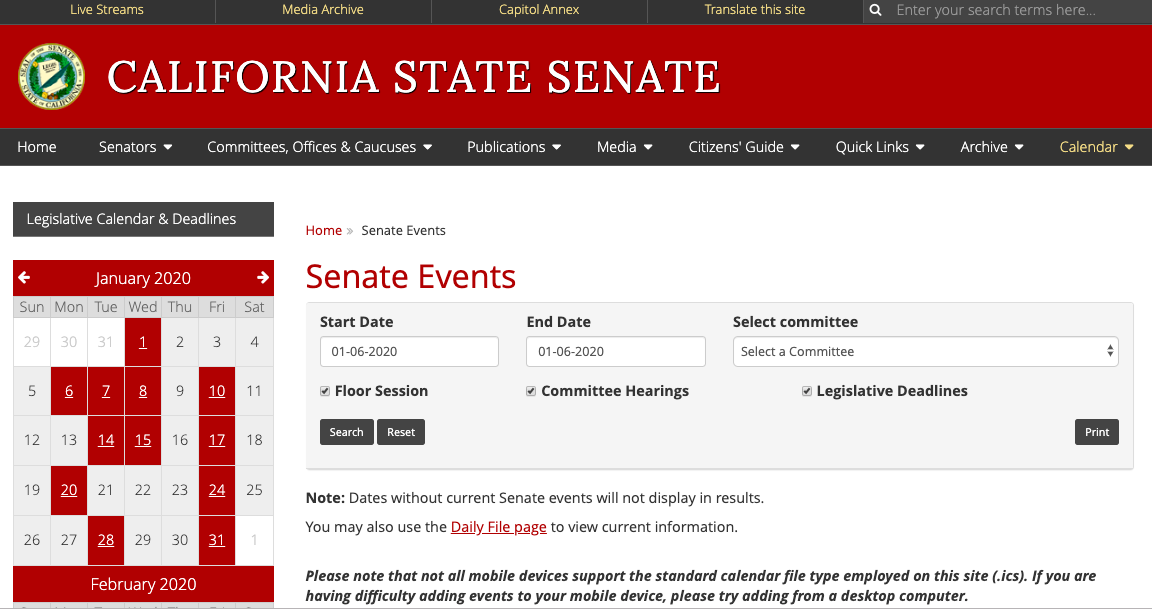
Legal System. (Photo: Billion Photos/Shutterstock)
Do Courts Delve into Legislative Findings and Declarations?
If the Legislature wants to ensure that the courts utilize these statements, then there had better be a factual basis
By Chris Micheli, May 3, 2022 6:39 am
A number of bills considered each year by the California Legislature contain “findings and declarations” that are written expressions of legislative intent. These are generally meant to set the stage for the statutory provisions that normally follow, and to give guidance to the judicial branch of state government when interpreting the provisions of the bill.
There is pending litigation challenging the Legislature’s enactment of AB 290 in 2019, which was Chapter 862, dealing with health care service plans and health insurance, and third-party payments made. A written decision was issued by the U.S. District Court judge in the Central District of California on December 30, 2019. The case is Jane Doe, et al. v. Xavier Becerra, et al.
AB 290, in Section One of the bill, contained ten legislative findings and declarations. In this federal lawsuit challenging the validity of the statute, the plaintiffs claimed violations of federal law, including abridgement of the rights of association, speech, and petition in violation of the First and Fourteenth Amendments to the U.S. Constitution; federal preemption under the Supremacy Clause of the U.S. Constitution; and violations of the Contracts Clause, Due Process Clause, and Takings Clause of the U.S. Constitution.
As the federal district court judge explained, “The California Legislature therefore found, consistent with mounting “nationwide concern,” that both AKF and dialysis providers shared an incentive to steer patients into private insurance plans—which could no longer reject patients solely because of their preexisting ESRD—thereby securing higher reimbursement payouts for providers. Doe Opp’n at 4. The Legislature further identified several deleterious consequences that could result from this steering, such as unjust enrichment of providers, higher out-of-pocket costs to patients, and the distortion of the insurance risk pool. AB 290 § 1(a)-(e).” These findings were contained in Section One of the bill, which had the ten legislative findings and declarations.
In defending the validity of AB 290, the State pointed “to the California Legislature’s findings in AB 290,” and the State argued “that it has identified a compelling interest to support the Steering Ban—viz., preventing patient steering, which can harm patients, distort the insurance risk pool, and unjustly enrich dialysis providers.”
However, the federal district court judge ruled that “several of the Legislature’s findings are just the sort of speculative harms the Supreme Court has ruled insufficient. AB 290 asserts, for example, that “[e]ncouraging patients to enroll in commercial insurance coverage for the financial benefit of the provider may result in an unjust enrichment . . . [which] can expose patients to direct harm”; that “patients caught up in these schemes may face higher out-of-pocket costs and mid-year disruptions, and may have a more difficult time obtaining critical care”; and that patients face “potential harm caused by being steered into coverage options that may not be in their best interest.” AB 290 § 1(c)-(d), (i) (emphasis added). This hypothetical phrasing calls into question whether these recited harms are real—and, as Plaintiffs observe, and the State does not dispute, the State has yet to identify a single California patient steered into a private insurance plan by a dialysis provider or third-party payer.”
In other words, the federal judge actually looked behind the Legislature’s statement of findings and declarations and determined that “the State has not “demonstrate[d] that the harms it recites are real.” See Edenfield, 507 U.S. at 771. The supposed harms are too speculative and conjectural to sustain the State’s burden even under intermediate scrutiny.”
One take away from this district court opinion is that judges can and do look beyond the legislative findings and declarations found in a bill to determine whether there is a factual basis for these statements. If the Legislature wants to ensure that the courts utilize these statements to interpret a statute as the legislative branch of state government intends, then there had better be a factual basis for those statements.
- Bond Elections and Harbor Improvement Bonds - December 8, 2025
- ‘Bottomry’ in California - December 8, 2025
- Interstate Depositions and Discovery Act - December 7, 2025




